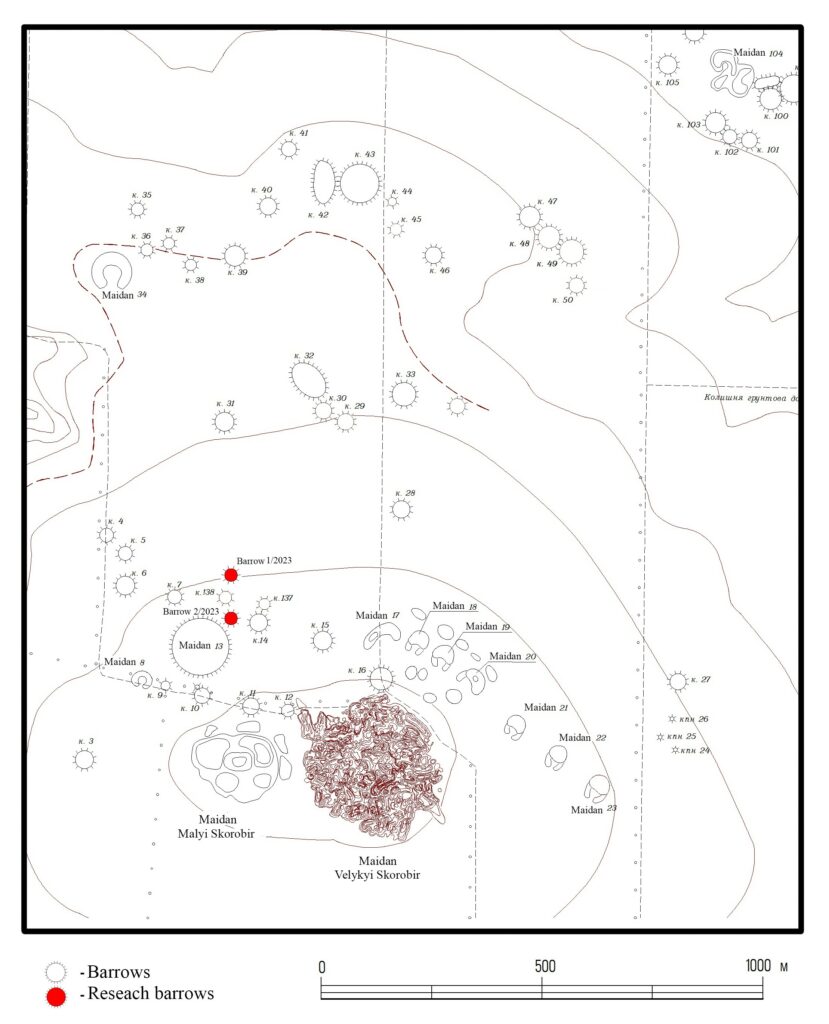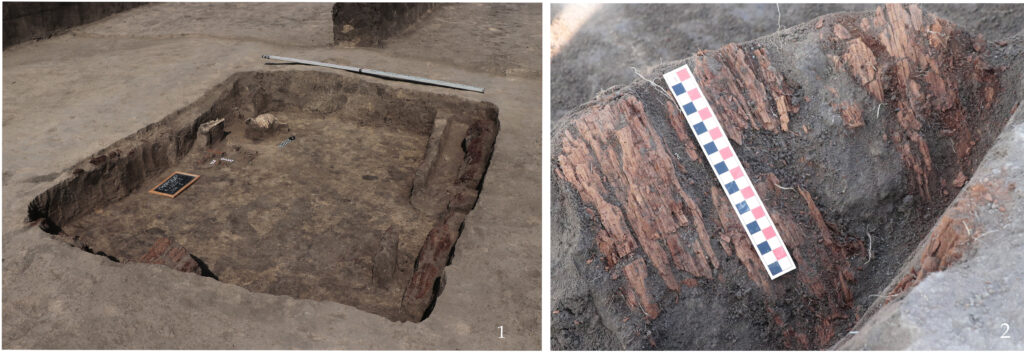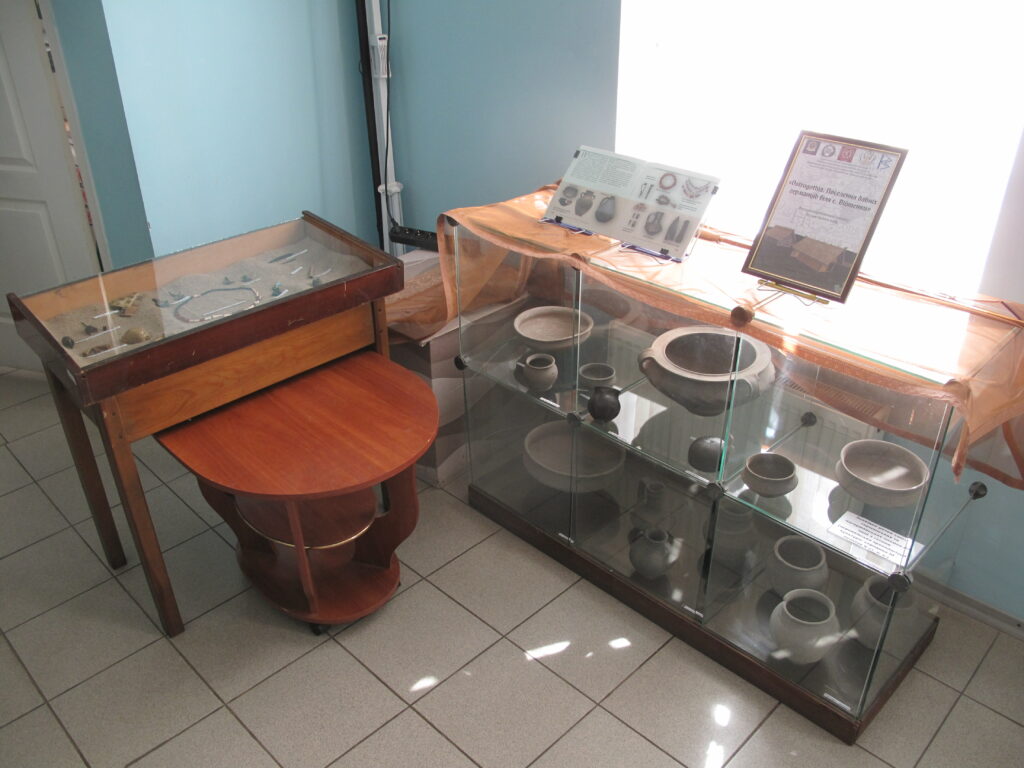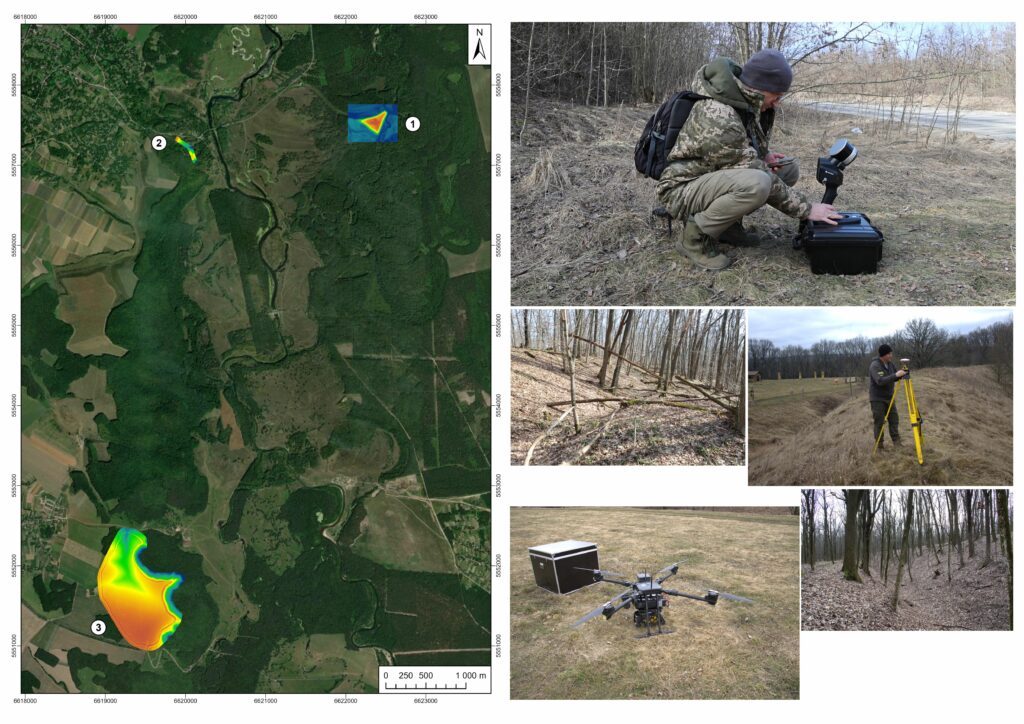The Bilsk hillfort (8th–4th centuries BC) is a key site of the Scythian period in the Ukrainian forest-steppe, identified with the Herodotus city of Gelon. Among other settlements of the region, it stands out for its considerable information potential, complex structure and vivid archaeological evidence. To address the issues related to the ethnic and social composition of the population in different periods of the settlement, it is crucial to consider the results of excavations of burial sites, supplemented by data from excavations of settlement layers. Iryna Shramko, director of the Museum of Archaeology of the Karazin University (Kharkiv), presents the preliminary results of the latest archaeological excavations of two barrows in the Skorobir necropolis. They are promising for elucidating the formation of the necropolis and solving a number of issues related to ethno-cultural processes in the region during the archaic and early classical periods in the development of the Scythian culture.

In August–September 2023, a joint expedition of the Karazin University and the Historical and Cultural Reserve “Bilsk” excavated two burial mounds in the southern part of the Skorobir necropolis (Fig. 1). Although previous studies have shed light on the general features of the funeral rite and construction techniques of burial structures, other issues remain debatable – the formation and time limits of the existence of the necropolis, the ethnic composition of various social groups, or the status of the buried persons. Among them, in recent years, elite burials of women were discovered, whose headdresses were decorated with gold elements, and among the items of burial equipment there were imported items. Remains of Scythian burials were found in each of the burial mounds investigated this year.

Mound No. 1 united two separate small mounds located at a slight distance from each other. The grave measured 2.5 x 3.5 m and was covered with wooden logs. Only fragments of a handmade bowl remained from the grave goods. Another bowl and a ladle were left on the floor (Fig. 2).
Mound No. 2 was located south of Mound No. 1. The burial structure was a quadrangular pit measuring 2.8 x 3.5 m, dug into the chernozem ground and covered with thick wooden boards (Fig. 3).

Only the skull and a few bones of the upper body remained from the deceased. A set of quivers and details of a horse’s bridle were found in the grave: iron rods, cheekpieces, and bronze decorations: a horse’s forehead, rhomboid plaques, and a vorvorka (bead ornaments common in the Scythian period) (Fig. 4). The burial is tentatively dated to the first half of the 5th century BC.

All metal and ceramic products have been handed over for conservation and restoration. The obtained materials provide important information on the formation of the necropolis, the earliest burials in which appeared in the first quarter of the 6th century BC and belonged to representatives of the elite. For the first time, new evidence has been recorded, indicating that, along with the earlier mounds of the local elite, after a certain time, mounds of other social groups appeared. Their graves had a simple structure, smaller sizes and simple things were left in them.

The bone material from the investigated mounds (Fig. 5) was submitted for anthropological study. Samples were also taken for DNA analysis. The program of these studies was presented at the conference held on November 21–23, 2023 in Iaşi (Romania).
After the completion of all laboratory studies, a full publication of the materials will be prepared based on the results of the excavations.
Iryna Shramko

